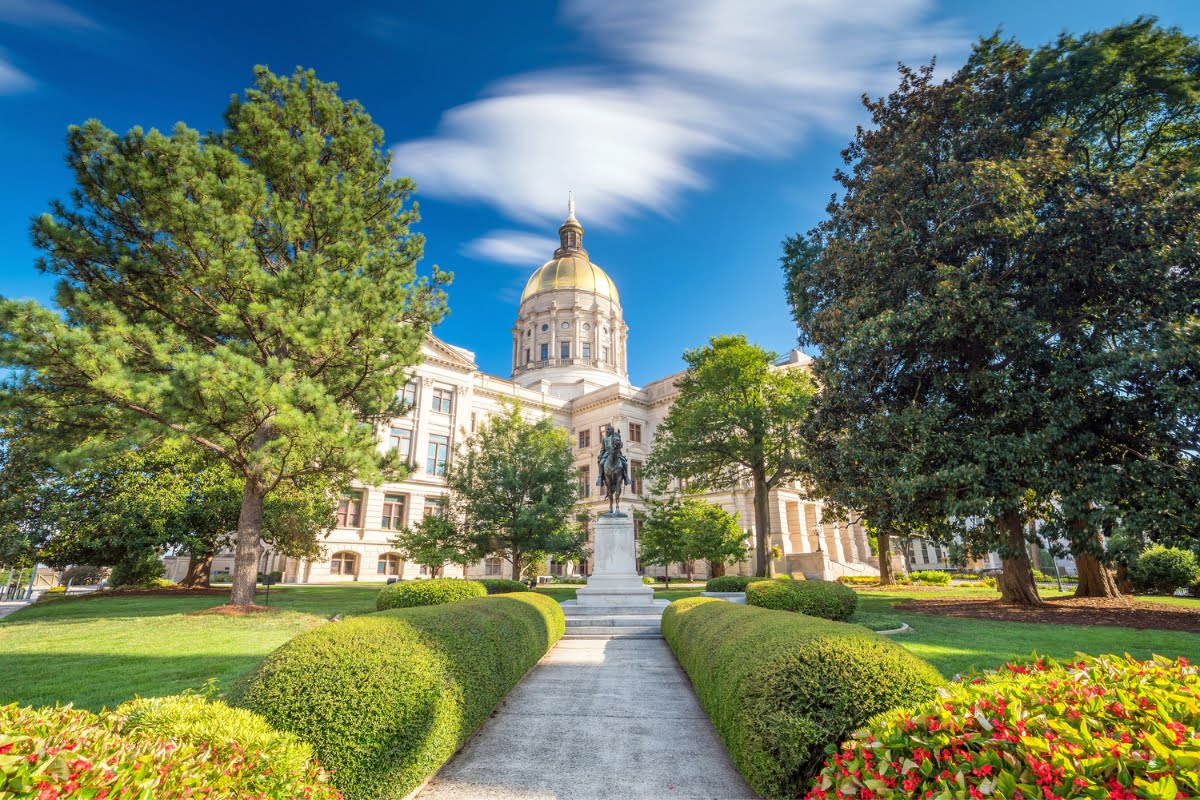Atlanta is known for its vibrant city life, but just beyond the urban hustle lies a world of natural beauty waiting to be discovered.
The city’s parks, nature reserves, and hidden green spaces are home to an impressive variety of local flora and fauna, offering a tranquil escape and a chance to connect with nature. From towering trees and colorful wildflowers to diverse wildlife, Atlanta’s hidden native plants and animals provide a unique opportunity to explore the rich biodiversity of the region.
In this guide, we’ll take you on a journey through Atlanta’s lesser-known natural spots, highlighting the plants and animals that make this city a haven for nature lovers.
Nature’s Hidden Gems: Unveiling Atlanta’s Local Plants and Animals
Southern Live Oak (Quercus virginiana)
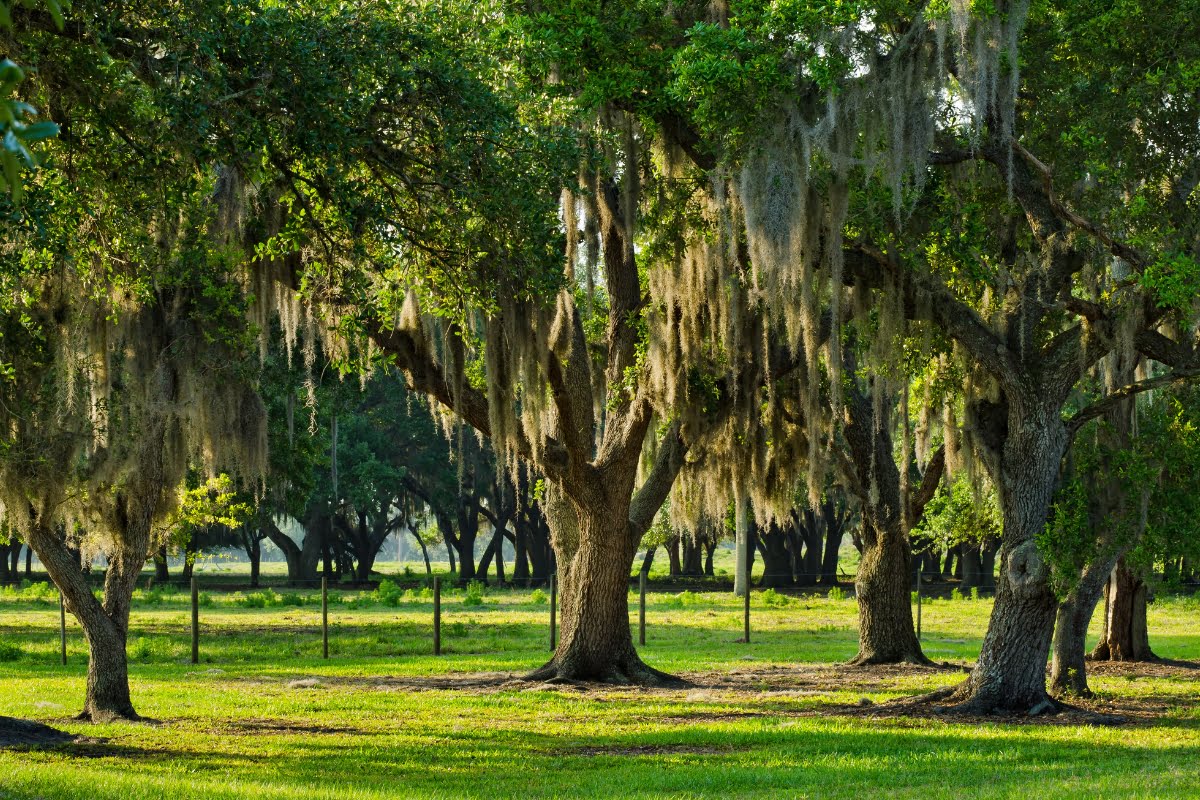
Among the hidden gems of Atlanta’s natural landscape is the Southern Live Oak, scientifically known as Quercus virginiana.
These majestic trees are an iconic part of the Southern landscape, with their sprawling branches and evergreen leaves providing shade and beauty to the local environment. The Southern Live Oak is a symbol of strength and resilience, known for its ability to withstand harsh weather conditions and thrive in various habitats.
In Atlanta, these trees can be found in parks, neighborhoods, and even lining the streets, adding a touch of natural beauty to the urban landscape. The Southern Live Oak plays a crucial role in supporting local wildlife, providing shelter and food for birds, squirrels, and other animals.
One of the distinctive features of the Southern Live Oak is its sprawling canopy, which can spread out over a wide area, creating a cool and shaded retreat during the hot Atlanta summers. The branches of these trees are often adorned with Spanish moss, adding to their mystique and charm.
Loblolly Pine (Pinus taeda)
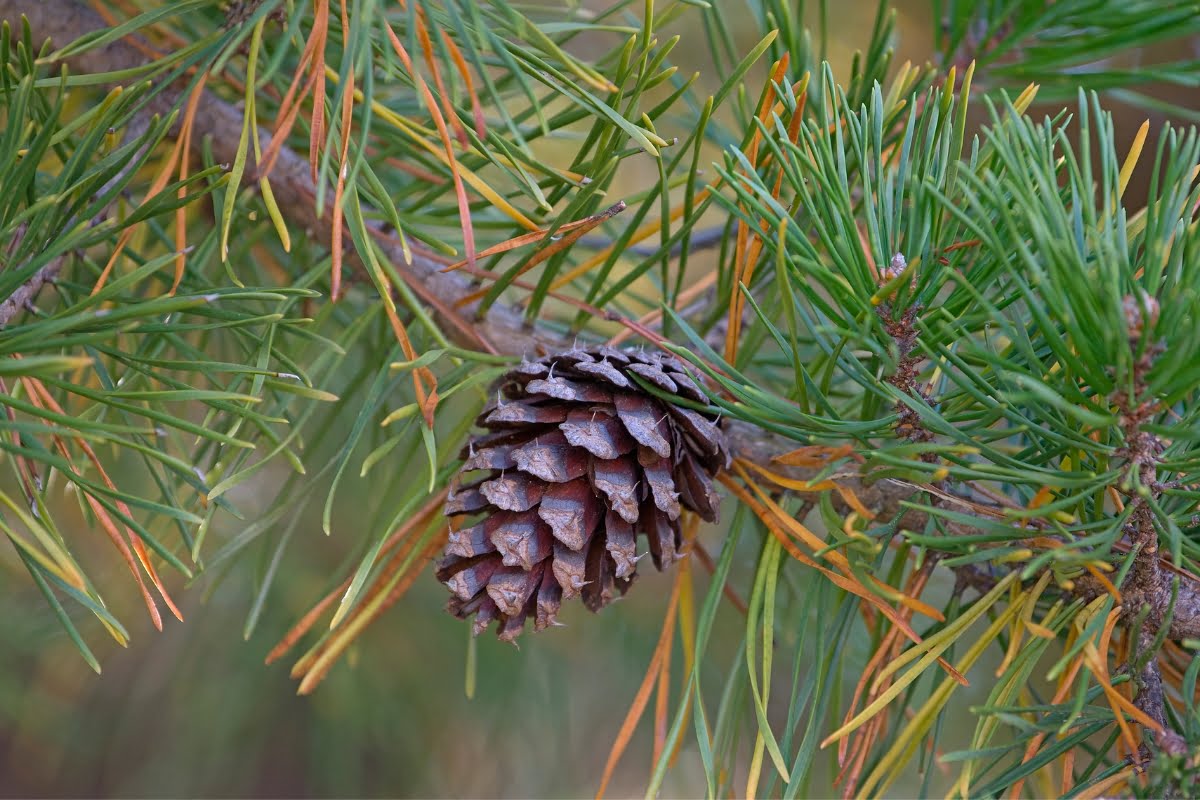
The Loblolly Pine, scientifically known as Pinus taeda, is a prominent tree species that contributes to the rich biodiversity of Atlanta’s local landscape. As part of the diverse ecosystem in Atlanta, the Loblolly Pine plays a vital role in supporting various wildlife species and enhancing the overall natural beauty of the region.
With its tall and straight trunk, the Loblolly Pine stands as a symbol of strength and resilience in the lush forests of Atlanta. This species is known for its distinctive long needles that grow in clusters, creating a unique and picturesque appearance in the local landscape.
One of the key characteristics of the Loblolly Pine is its ability to adapt to different soil types and environmental conditions, making it a versatile and widely distributed tree species across Atlanta. From urban parks to suburban neighborhoods, the Loblolly Pine can be found in various habitats, providing essential habitat and food sources for countless wildlife species.
In addition to its ecological importance, the Loblolly Pine also holds cultural significance in Atlanta’s history and heritage. Native Americans used various parts of the tree for medicinal purposes, construction, and as a source of food. Today, the Loblolly Pine continues to be valued for its timber, which is used in construction, furniture making, and paper production.
Eastern Redbud (Cercis canadensis)

Native to North America, the Eastern Redbud, scientifically known as Cercis canadensis, is a stunning deciduous tree that belongs to the pea family. Its vibrant pink to purple flowers make it a showstopper in the early spring landscape, attracting pollinators like bees and butterflies.
The Eastern Redbud is a beloved tree among nature enthusiasts and gardeners in Atlanta, adding a pop of color to the local landscape. Its heart-shaped leaves emerge after the flowers, creating a lush green canopy throughout the summer months.
The Eastern Redbud provides not only visual delight but also serves as a vital food source for various wildlife species. Birds such as finches and cardinals feast on the tree’s seeds, while squirrels and chipmunks scurry around its branches.
In terms of landscaping, the Eastern Redbud thrives in well-drained soil and partial shade, making it a versatile addition to gardens and parks across Atlanta. Its graceful branching pattern and compact size make it ideal for urban environments, where space may be limited.
Sweetbay Magnolia (Magnolia virginiana)
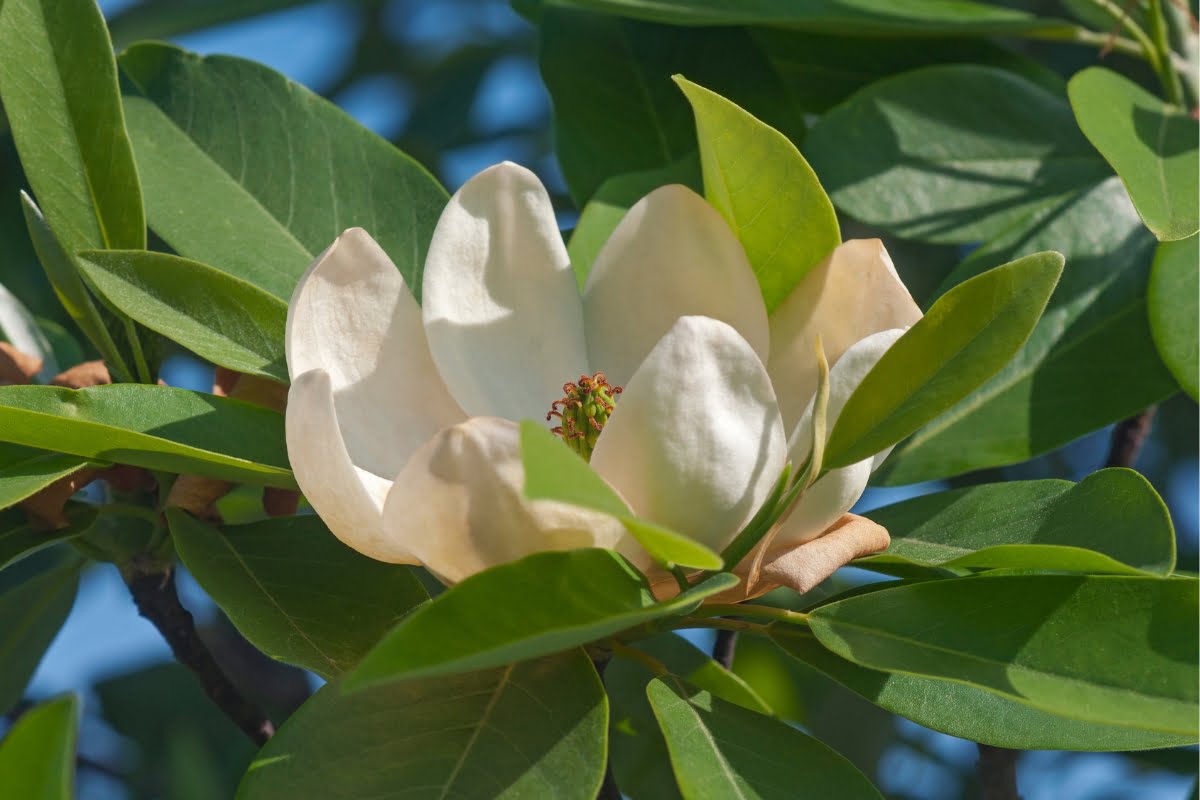
Nestled within Atlanta’s diverse ecosystem, the Sweetbay Magnolia, scientifically known as Magnolia virginiana, stands out as a captivating native tree species.
With its distinctive creamy white blossoms and glossy green leaves, the Sweetbay Magnolia adds a touch of elegance to Atlanta’s landscape. This tree species thrives in the moist soils of wetlands and along riverbanks, showcasing its adaptability to Georgia’s varying habitats.
The Sweetbay Magnolia not only enhances the visual appeal of Atlanta but also plays a crucial role in supporting local biodiversity. Its flowers attract pollinators such as bees and butterflies, contributing to the pollination process essential for the reproduction of various plant species in the area.
Moreover, the Sweetbay Magnolia serves as a habitat and food source for diverse wildlife, including birds and insects. The tree’s seeds are a nutritious treat for birds, aiding in their survival and promoting a healthy ecosystem within Atlanta’s urban environment.
Butterfly Weed (Asclepias tuberosa)
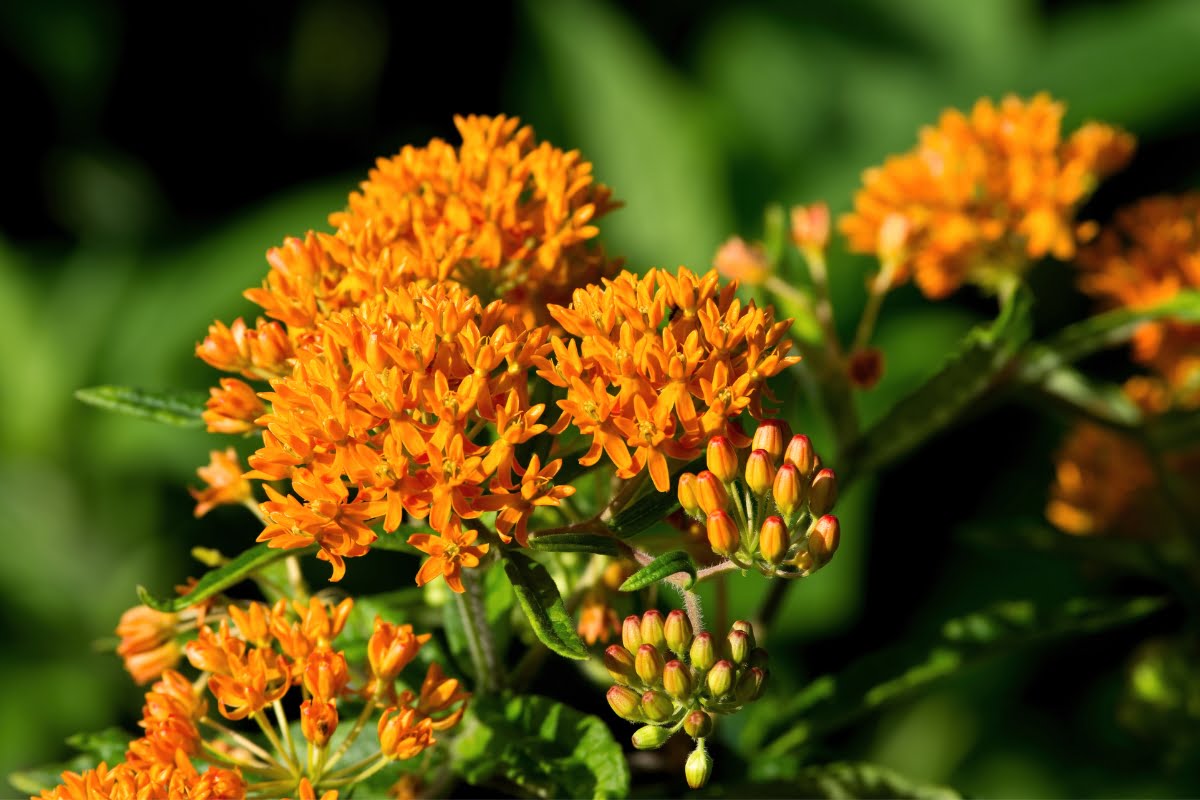
Butterfly Weed, also known as Asclepias tuberosa, is a vibrant and essential native plant to Atlanta’s local landscape. This stunning perennial wildflower not only adds a pop of color to the landscape but also plays a crucial role in supporting local biodiversity.
Asclepias tuberosa is a favorite among pollinators, especially butterflies, hence its name. The bright orange blooms of the Butterfly Weed attract various species of butterflies, bees, and other beneficial insects, making it a vital source of food and shelter for them.
In addition to its ecological importance, Butterfly Weed is also a resilient plant that thrives in Atlanta’s climate. Its tuberous roots help it withstand drought conditions, making it a low-maintenance addition to any garden or natural area.
For nature enthusiasts and conservationists alike, including Butterfly Weed in local landscaping efforts can significantly contribute to the preservation of Atlanta’s native flora and fauna. By planting native species like Asclepias tuberosa, we can create a more sustainable and biodiverse environment for both wildlife and humans to enjoy.
Northern Cardinal (Cardinalis cardinalis)
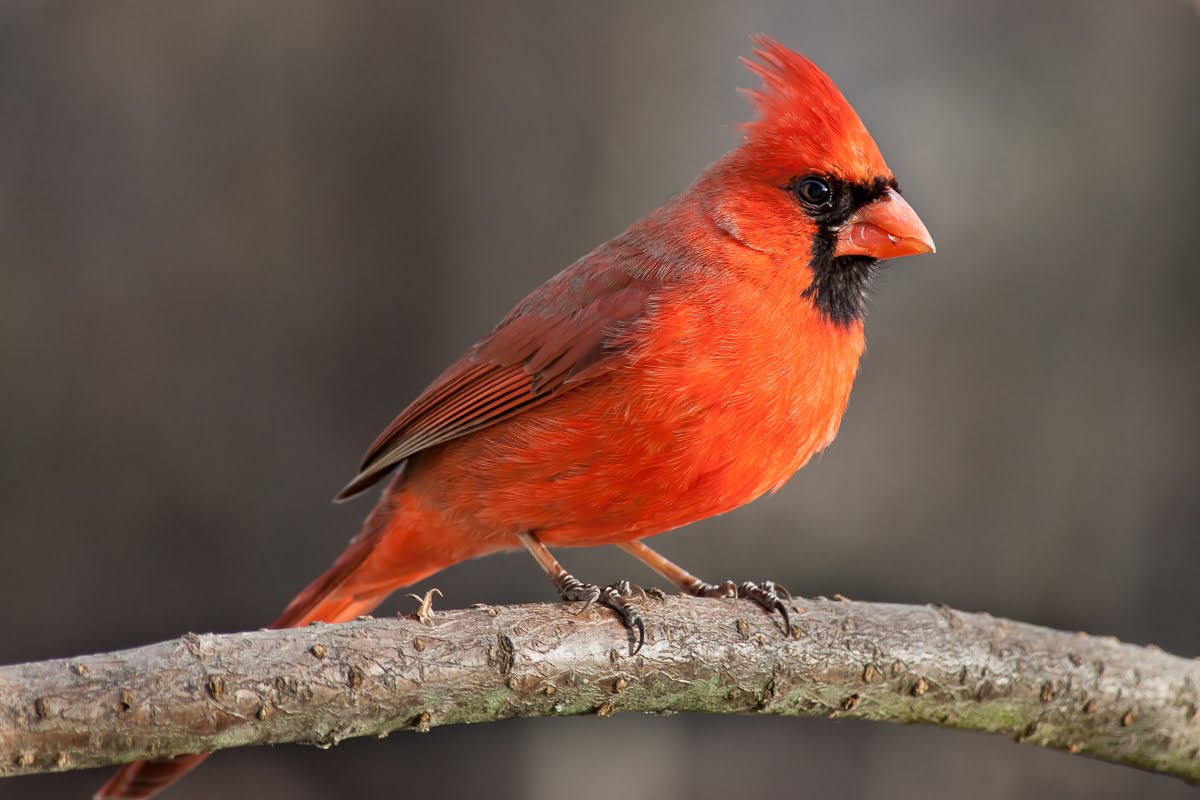
The Northern Cardinal, scientifically known as Cardinalis cardinalis, is a vibrant and iconic bird species commonly found in the United States. When exploring Atlanta’s local ecology, spotting a Northern Cardinal can be a delightful experience for nature enthusiasts.
These striking birds are easily recognizable due to the male’s brilliant red plumage and the female’s more subtle reddish tinge. They are often found in the dense vegetation of woodlands, gardens, and parks, making them a common sight in Atlanta’s green spaces.
One of the interesting facts about Northern Cardinals is their distinctive and melodious song. Their vocalizations add a beautiful soundtrack to Atlanta’s natural surroundings, creating a serene ambiance for those appreciating them.
During your exploration of Atlanta’s hidden gems, keep an eye out for the Northern Cardinal’s nest, typically built in shrubs or trees. Observing their nesting behavior can offer valuable insights into their breeding habits and social dynamics.
As part of the diverse ecosystem of Atlanta, Northern Cardinals play a crucial role in seed dispersal and insect control. By including these birds in your observations, you gain a deeper understanding of the interconnectedness of the natural world.
Red-tailed Hawk (Buteo jamaicensis)
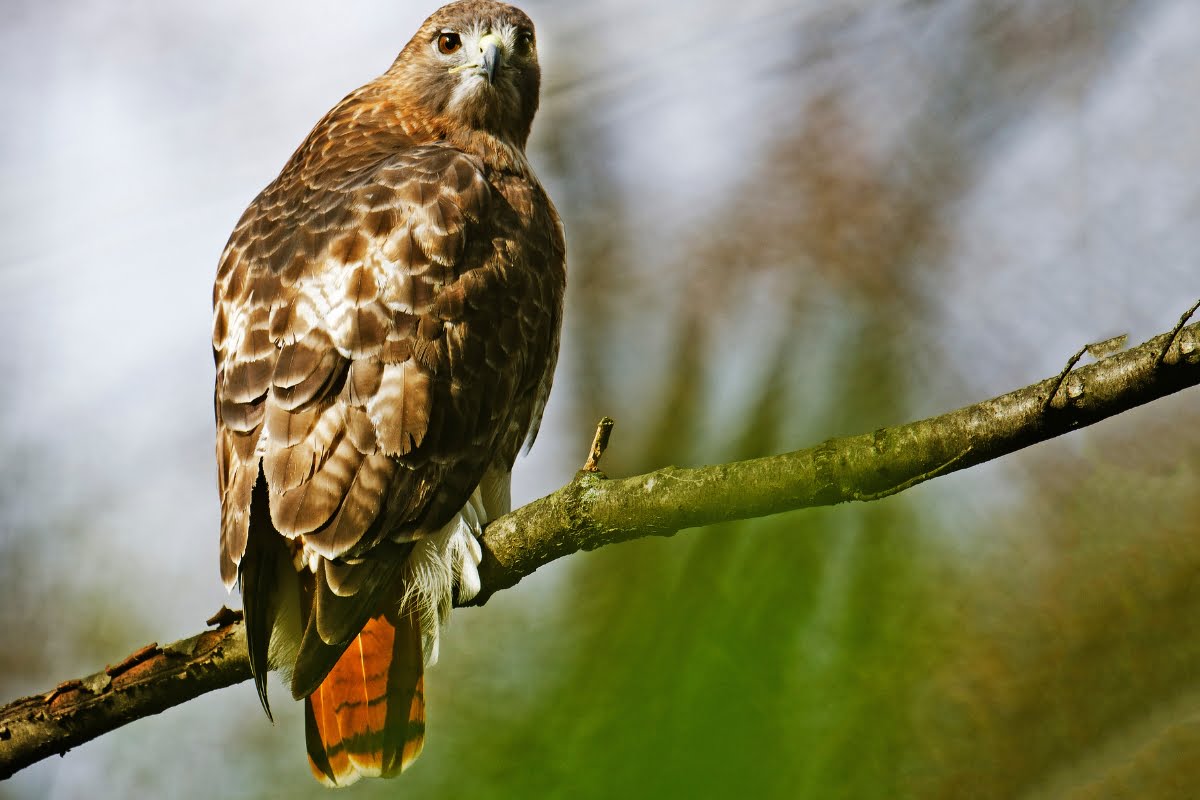
The majestic bird of prey, the Red-tailed Hawk, identified as Buteo jamaicensis in the scientific community, is frequently sighted in North America. Known for its impressive red tail and exceptional hunting abilities, this hawk represents the rich variety of wildlife flourishing in the Atlanta region.
Local ecological enthusiasts in Atlanta are often delighted by the sight of a Red-tailed Hawk soaring high in the sky, effortlessly riding thermal updrafts in search of its next meal. These birds play a vital role in maintaining the ecological balance by preying on small mammals, birds, and reptiles, thus contributing to the local ecosystem’s health.
A close encounter with a Red-tailed Hawk can reveal its impressive wingspan, sharp talons, and piercing gaze. These birds have adapted well to urban environments like Atlanta, where they can be spotted perched on treetops or telephone poles, keeping a watchful eye on their surroundings.
Birdwatchers and nature enthusiasts flock to Atlanta’s green spaces and parks in the hope of catching a glimpse of these regal raptors in action. The Red-tailed Hawk’s distinctive cry, known as a shrill scream, adds to the allure of observing these birds in their natural habitat.
White-tailed Deer (Odocoileus virginianus)
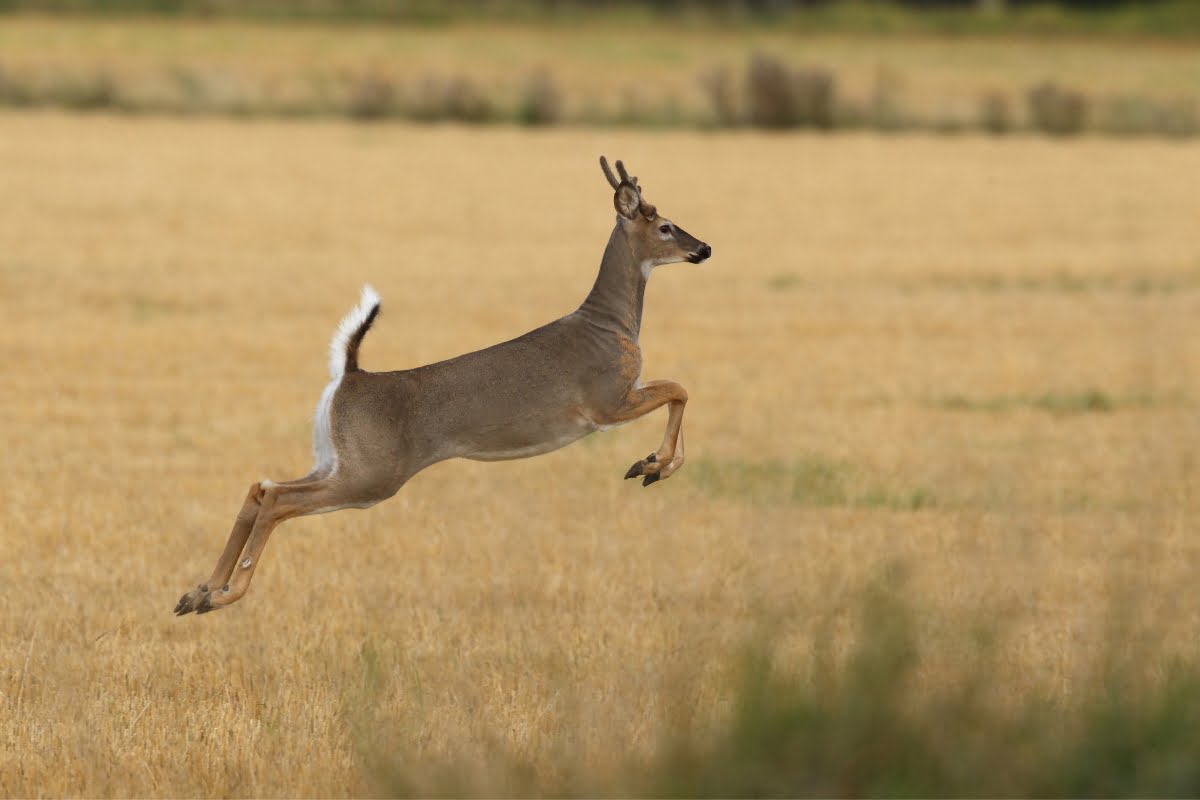
White-tailed Deer, scientifically known as Odocoileus virginianus, are a common sight in Atlanta’s hidden gems, where native plants and animals thrive in harmony. These majestic creatures are an integral part of the ecosystem, contributing to the rich biodiversity of the region.
You can encounter White-tailed Deer while exploring Atlanta’s lush green spaces. Their distinctive white tail and agile movements make them a captivating sight for nature lovers and photographers alike. Observing these graceful animals in their natural habitat is a rewarding experience that highlights the beauty of local wildlife.
White-tailed Deer are essential to keeping the ecosystem balanced. As herbivores, they feed on various plants, which helps control vegetation growth and prevents overgrowth in some regions. By regulating plant populations, these deer contribute to creating a sustainable habitat that allows other wildlife species to flourish.
Despite their adaptability to urban environments, White-tailed Deer face challenges such as habitat loss and human interaction in Atlanta’s hidden gems. Conservation efforts aim to protect these animals and their habitats, ensuring a sustainable future for the local ecological landscape.
Eastern Box Turtle (Terrapene Carolina)
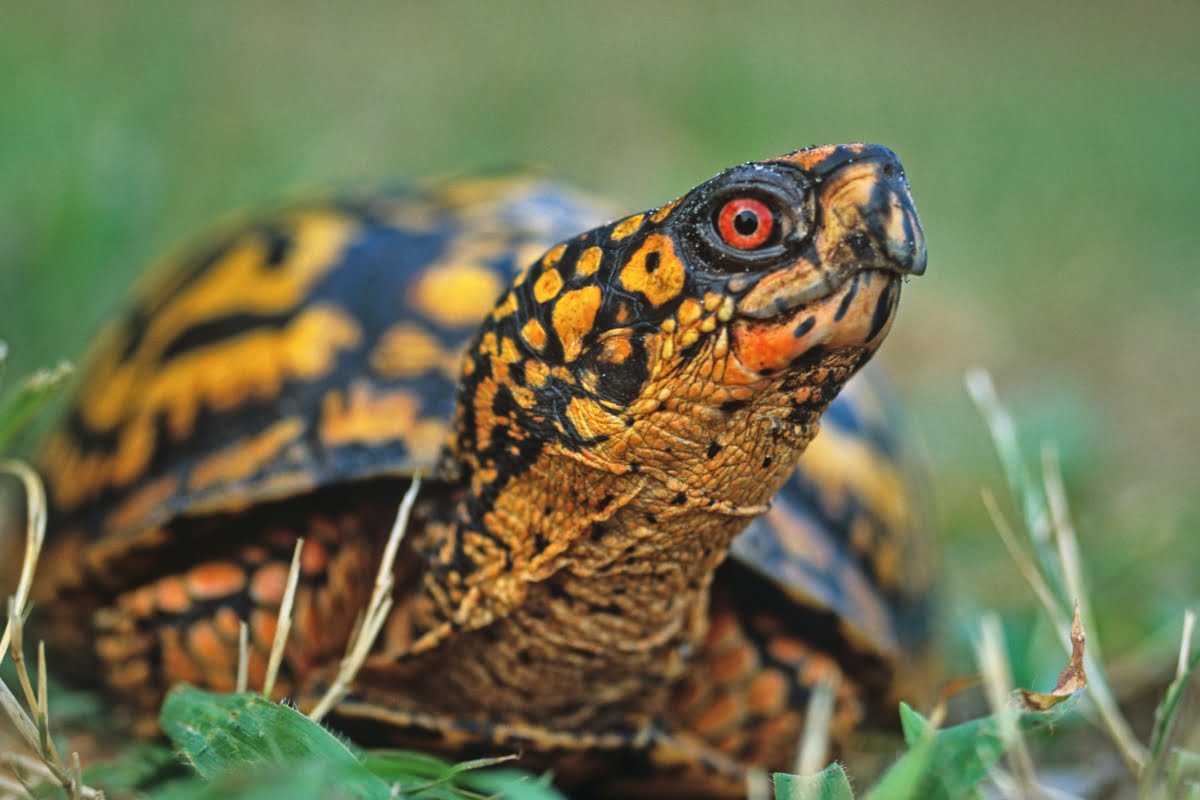
The Eastern Box Turtle, scientifically known as Terrapene carolina, is a fascinating reptile that can be found in Atlanta. These unique creatures play a vital role in the ecosystem, contributing to the biodiversity of the region.
Enthusiasts are often delighted to encounter the Eastern Box Turtle in its natural habitat. These turtles are known for their distinct appearance, with a dome-shaped carapace that varies in coloration, ranging from brown to olive, adorned with intricate patterns.
One of the highlights of discovering Atlanta’s hidden gems is spotting these elusive creatures as they roam through the forests and grasslands. The Eastern Box Turtle is a terrestrial species, often found foraging for food in leaf litter, feasting on a diet of insects, earthworms, fruits, and vegetation.
What makes the Eastern Box Turtle particularly intriguing is its ability to retract into its shell for protection when feeling threatened. This unique defense mechanism has helped these turtles survive in the wild for millions of years.
Conclusion: Embracing the Natural Splendor of Atlanta’s Flora and Fauna
Whether you’re an avid hiker, a birdwatching enthusiast, or simply seeking a moment of tranquility in nature, Atlanta’s local ecology provides endless opportunities for exploration and discovery. Exploring Atlanta’s hidden gems of local ecological landscaping can inspire you to create a beautiful and thriving outdoor space.
For expert landscaping services that bring the beauty of nature to your doorstep, choose Glover Landscapes. Our team is passionate about designing landscapes that reflect the unique charm of Atlanta’s natural environment. Contact us today at (404) 510-6437 or visit our website to get a free estimate on your landscaping project. Let Glover Landscapes help you transform your outdoor space into a vibrant haven.

